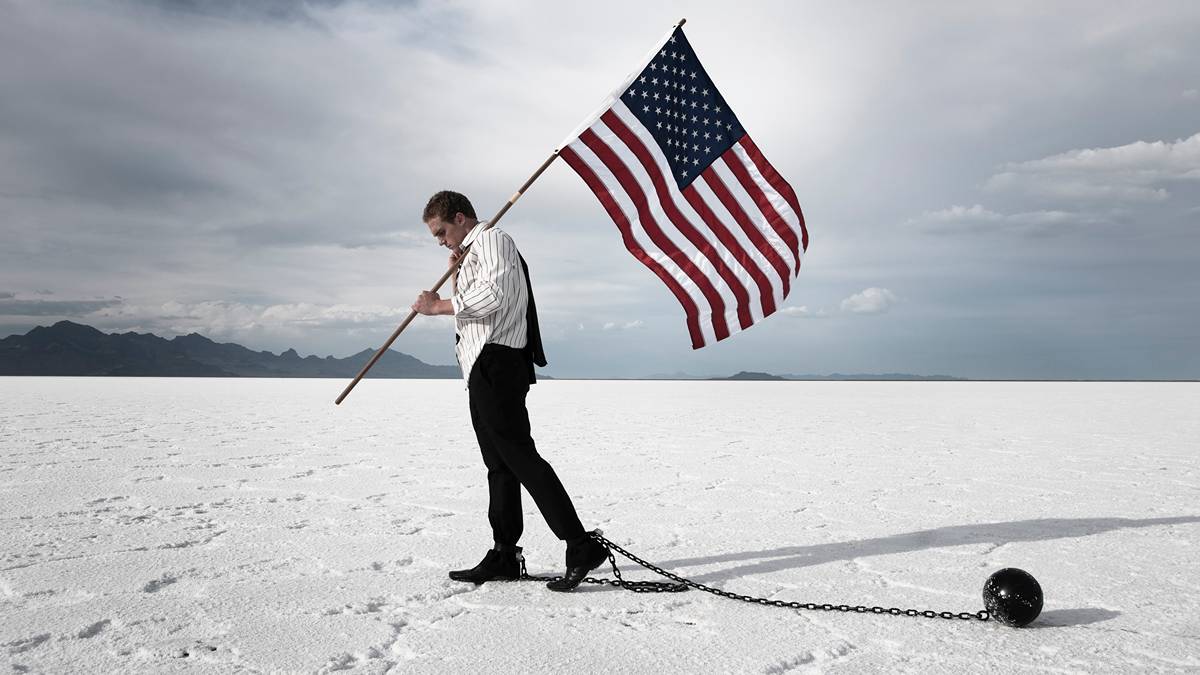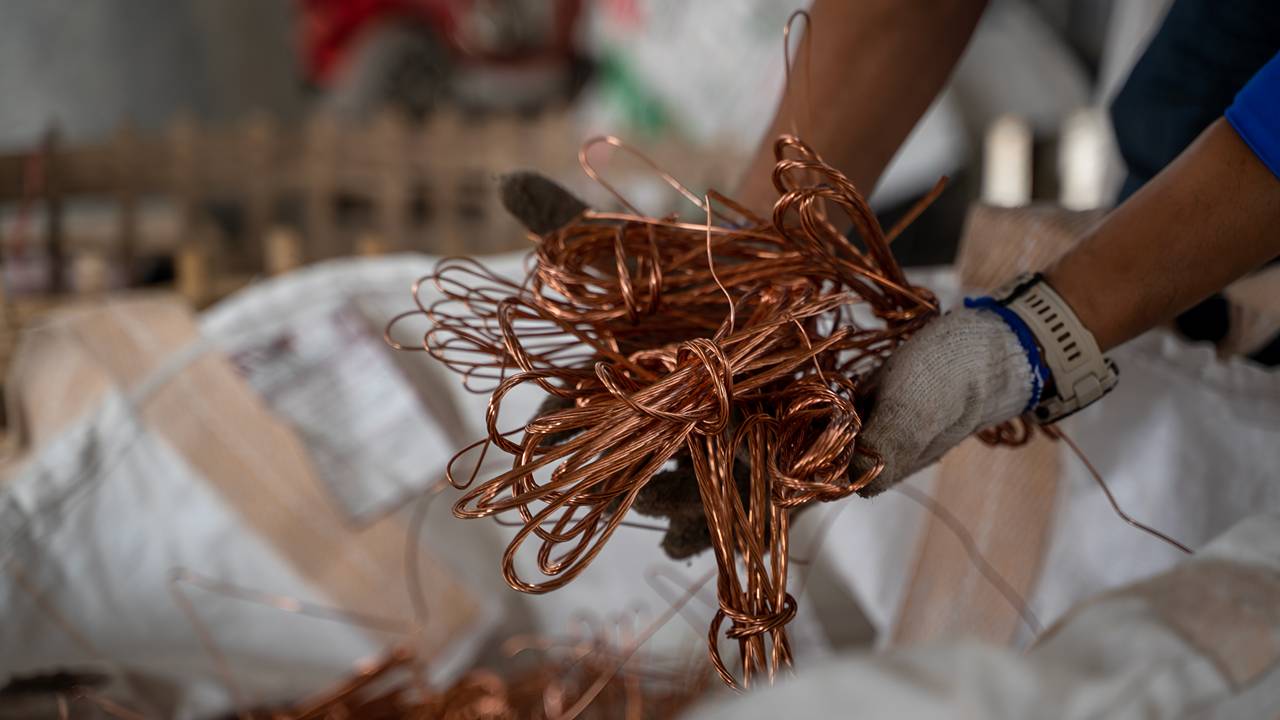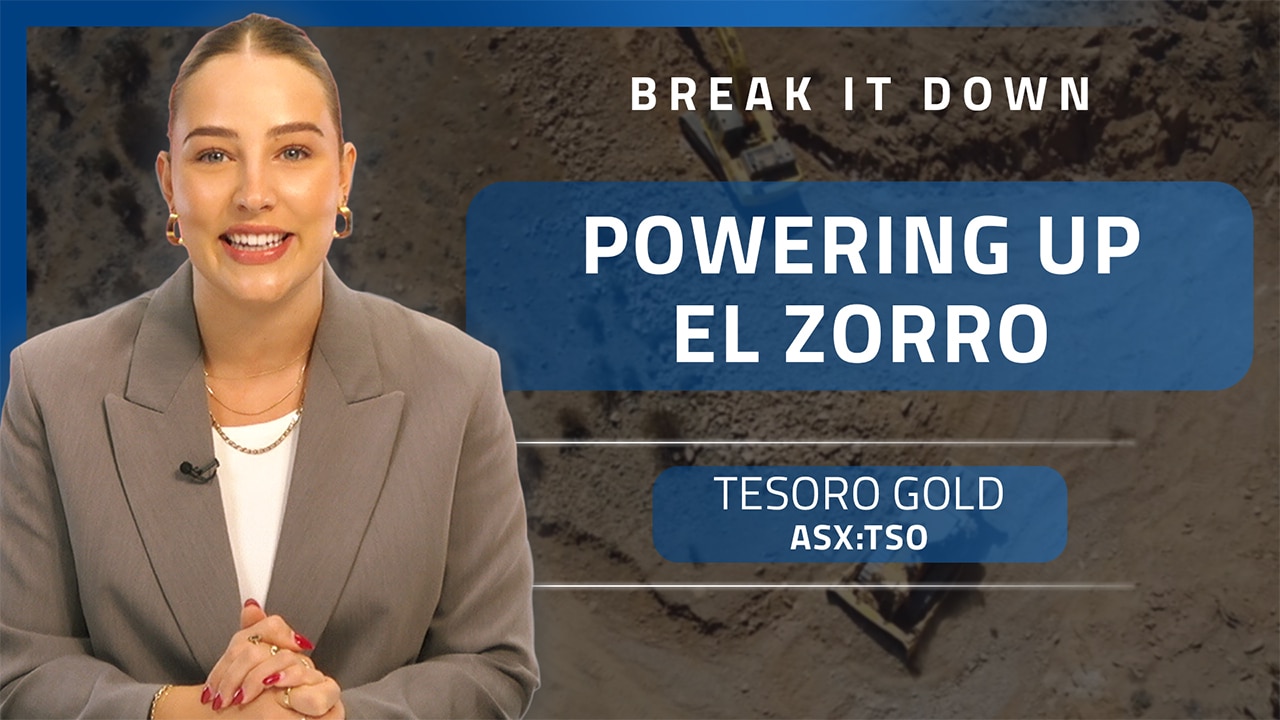The Big Picture: The US is in economic strife and investors should look further afield
Respected investment advisor Jason Coggins believes US markets face a tough slog, with the nation’s ‘go-to’ economic status tarnished in the eyes of offshore investors.

Stockhead
Don't miss out on the headlines from Stockhead. Followed categories will be added to My News.
The US has lost its status as the world’s go-to economy and investors should look to Europe in particular
While the US (rightly) will try to reign in its rampant budget deficit, Europe is on a fiscal expansion drive and that will spur growth
When it comes to tariffs, Trump has overplayed his hand with China
In our new regular series honing in on macroeconomics and other matters of pertinence for investors, we bring you perspectives from respected investment advisor Jason Coggins.
No matter how the Trump revolution pans out, the US has lost its status as the leading world economy and financial epicentre.
For investors, that means that returns there won’t stack up relative to the elevated risks they need to take – and better geographies beckon.
That’s the view of respected investment adviser Jason Coggins, who holds multiple high-level advisory roles at leading private boutique firms.
These include head of product strategy at Ellerston Capital, chair of Intium Capital’s investment committee and an advisory board member at the Denver, Colorado-based Ibex Investors.
He has also held senior roles at Koda Capital and the ANZ Bank’s wealth division.
Typically, Coggins says, Australians are overexposed to the US market and “massively short” of a presence in Europe and Asia.
Not surprisingly, his clients are keen for his views on the new world order.
That’s the new regime that has transformed the US from a safe harbour, to one where interest rate gyrations sometimes have resembled those in emerging markets.
“You would be taking a big risk to double down on the US,” he says.
“You really are not being compensated for the risks right now.
“US valuations are still expensive historically and if there’s bad news is vulnerable to a further fall.”
Europe is no longer a PIIG with lipstick
The Trump ascendancy – notably the declaration of a tariff war and a geopolitical reversion to isolationism – has been well examined.
But Coggins says the flipside – how the rest of the world is responding – has gone under the radar.
He notes the dichotomy between US and Europe on fiscal and monetary policy, with both geographies departing from their historic norms.
In the US, the Trump mantra is about raising revenue (from tariffs) to reign in the crippling budget deficit, which has been allowed to balloon by successive administrations.
“Spending was way too high and Trump is embarking on a fiscal detox to reduce the deficit,” he says.
“While that measure is understandable, it will affect growth.”
In contrast, Europe has embarked on fiscal loosening – led by the historically austere Germany, the Continent’s most powerful economy.
“Germany has very low growth, with an inherent fear of hyperinflation dating back to the 1930s ,” Coggins says.
Post its recent federal election, Germany has committed to ramping up spending on infrastructure and defence – and its European peers are in lockstep with this strategy.
“Germany is going to spend money and even if they have ridiculous deficit for the next five to 10 years.”
He adds that Portugal, Italy, Greece and Spain bear little resemblance to their poor shape during the 2009-2014 European banking and debt crisis, when they were dubbed the PIIGs (this derogatory acronym included Ireland).
“Even low-growth Italy has a reformist government,” Coggins says.
“Europe now is efficient and working. In fact, the amount of economic reform they have done puts Australia to shame.”
Therefore, Europe’s hitherto sluggish growth could surprise the pundits.
Don’t forget me, old China
China, meanwhile, is not without levers of its own in terms of inducing economic growth and negotiating the impact of Trump’s tariffs, no matter where they settle.
This month, the People's Bank of China cuts its benchmark seven-day rate from 1.5% to 1.4% and reduced the level of reserves commercial banks are required to carry.
Combined, the measures should boost the availability of money to stimulate the economy.
Auspiciously, Chinese president Xi Jinping has not exactly rushed to Washington to beg for a trade deal and kiss the ring of ‘Pope Trump’, as portrayed in a president-endorsed meme.
“It would be very risky to dismiss China,” he says.
“For all the fuss over trade wars, only 16% of Chinese exports go to the US. China is not going to be bullied, that’s not the way to negotiate with them.”
Courting the tech giants
Coggins adds that China is now courting the tech companies, having earlier put local exemplars such as Alibaba and Tencent Holdings in the freezer for espousing bourgeois values.
“There’s been a big move to reinstate the tech sector as the primary growth driver,” he says.
“The Chinese are now (as) good – if not better – than the US when it comes to tech.”
Remember the shock waves in February when China’s Deep Seek revealed it could produce artificial intelligence at a fraction of the cost of US leader Nvidia?
“The top 1% of Chinese scientists engineers and innovators are superior to the top 1% in the US.”
Using its heft in centralised economy, Beijing should also be expected to implement other policies to foster growth on the back of the nation’s domestic consumption.
US market “over loved and over loaned”
As for the US, Coggins sees a prevalence of markets volatility and currency “noise” until around February next year, ahead of November’s Congressional mid-term elections.
With the Republicans holding a slender three-seat majority in the Senate, Congress expects increasing pressure on the White House to temper radical policies on tariffs and cutting public spending.
Coggins describes the US market as “massively over loved and over loaned”.
Last year US stocks accounted for 75% of the MSCI world index – dominance not seen since Japan’s economic emergence in the 1980.
“People were buying the US dollar and US equities, especially high-growth tech stocks,” Coggins says.
“The problem is, Trump has spurred the biggest move in 30-year bond yields since the 1980s and the biggest move in 10-year yields since the tech wreck.”
In other words: the market isn’t betting on lower interest rates, despite the spectre of inflation or even stagflation (high inflation and unemployment) in a recession.
“If Trump does put massive tariffs on, US inflation will rise rapidly,” Coggins says. “China will redirect exports bound to the US to places like Australia, Europe and the rest of Asia.
“This will reduce inflation elsewhere, while creating inflation in the US.”
Ultimately, Coggins’ call is to be underweight the US dollar and US equities, notably the mega caps such as the Magnificent Seven tech stocks.
“In the next five years, the US will be one of the worst performing markets globally.”
You heard it here first.
The views, information, or opinions expressed in the interviews in this article are solely those of the interviewee and do not represent the views of Stockhead.
Stockhead does not provide, endorse or otherwise assume responsibility for any financial advice contained in this article.
Originally published as The Big Picture: The US is in economic strife and investors should look further afield






